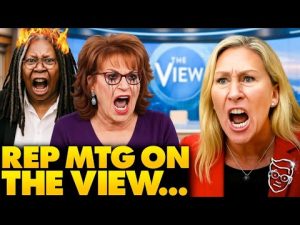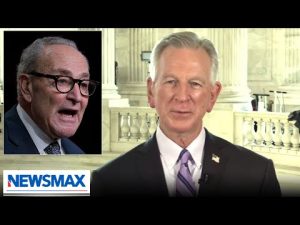**The Great Fed Debate: Interest Rates, Inflation, and Small Business Struggles**
In the world of finance, few topics stir as much debate and discussion as interest rates set by the Federal Reserve. Recent comments from the Fed’s newest governor, Steven Myron, are adding fuel to the fire of this ongoing discussion. He believes that interest rates should be reduced by a hefty 50 basis points very soon. Myron seems to think we should be more worried about an impending recession than inflation. On the other hand, Fed Chair Jerome Powell is less optimistic. He warns that we should be cautious about making any changes to the current rates due to the unpredictability of the economy. It seems the battle between worrying about inflation and fearing a recession is far from over.
For those who may not find economic jargon as exciting as a game of dodgeball, let’s break this down. Interest rates are the cost of borrowing money, and they play a crucial role in determining how much businesses can invest and grow. Currently, American interest rates are higher than those in Japan and the European Union, which raises eyebrows considering how robust the U.S. economy is in comparison. High borrowing costs can slow down small businesses, making it harder for them to secure funds for expansion or even maintain daily operations.
A particularly interesting point is that Hispanic entrepreneurs in the U.S. are leading the charge with business start-ups, but they face significant challenges in obtaining bank financing due to high-interest rates. The irony is striking: those who contribute so much to the economy might be held back by the very system designed to support them. Cutting interest rates could provide the necessary boost to these businesses and, in turn, invigorate the entire economy.
While some critics argue for lower interest rates, they must also grapple with the reality that inflation isn’t completely in the rearview mirror. Rising prices, fueled by various factors, remain a concern. The Fed’s job is to juggle these opposing forces—trying to combat inflation without stifling economic growth. It’s a tricky balance, as the value of the dollar has dropped significantly, and factors beyond the Fed’s control, such as supply chain disruptions and tariffs, also play a role.
The importance of a stable dollar cannot be overstated. A weak dollar might seem enticing as a temporary fix to reduce trade deficits, but history has shown such strategies can lead to economic disasters. An unstable currency can create monetary inflation, and that, ironically, leads to even more robust inflation down the road. The lessons of the past, particularly from the early 2000s, should remind us of the dangers of poorly constructed economic policies.
In conclusion, the ongoing debate about interest rates at the Federal Reserve highlights a fundamental challenge: finding the right balance between managing inflation and encouraging economic growth. Low interest rates could keep the stock market buzzing and allow small businesses to thrive. Yet, one must also recognize the potential perils of allowing inflation to spiral out of control. The stakes are high, and navigating these turbulent economic waters requires wisdom and foresight. The next steps taken by the Fed could determine the future health of our economy, making it a crucial issue for everyone to keep an eye on.







